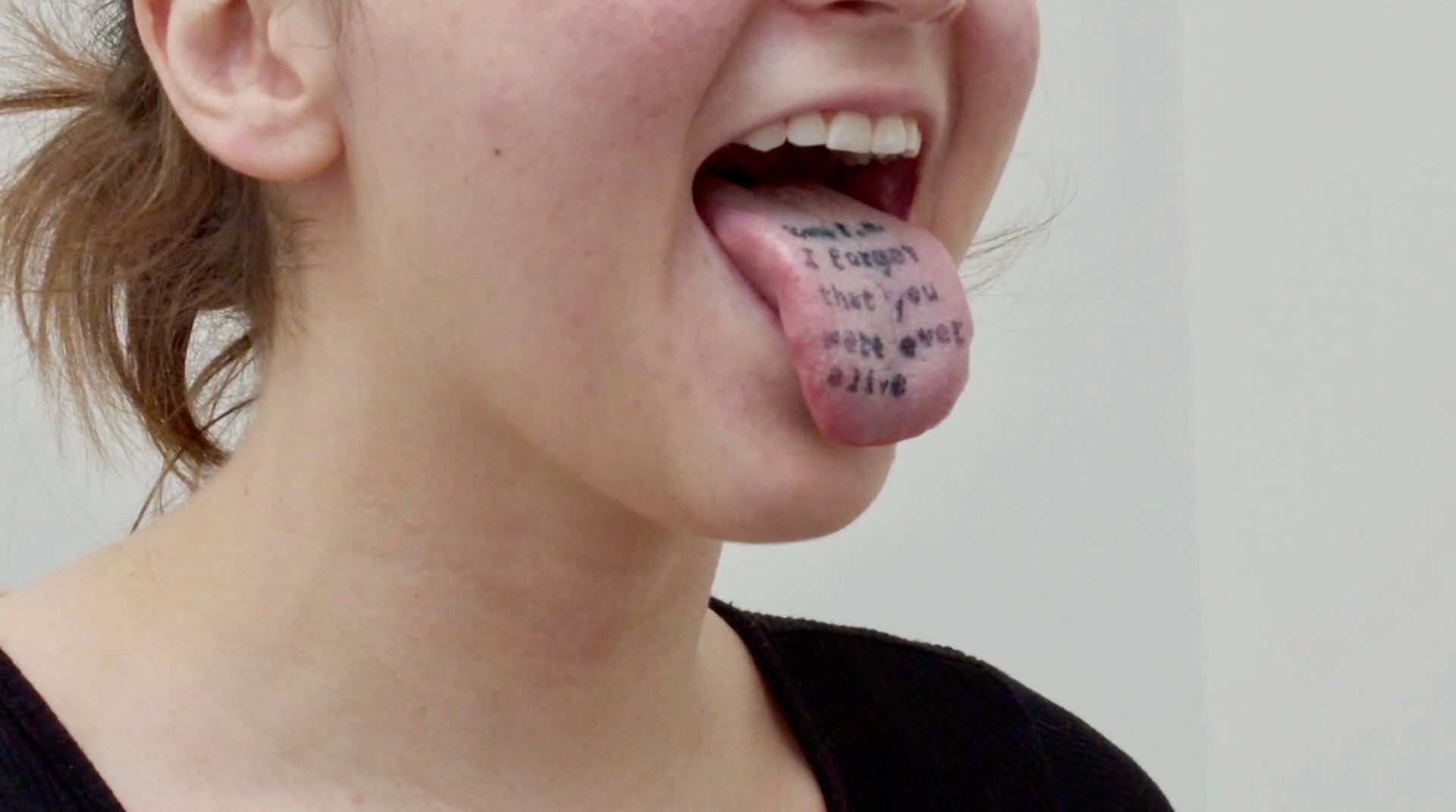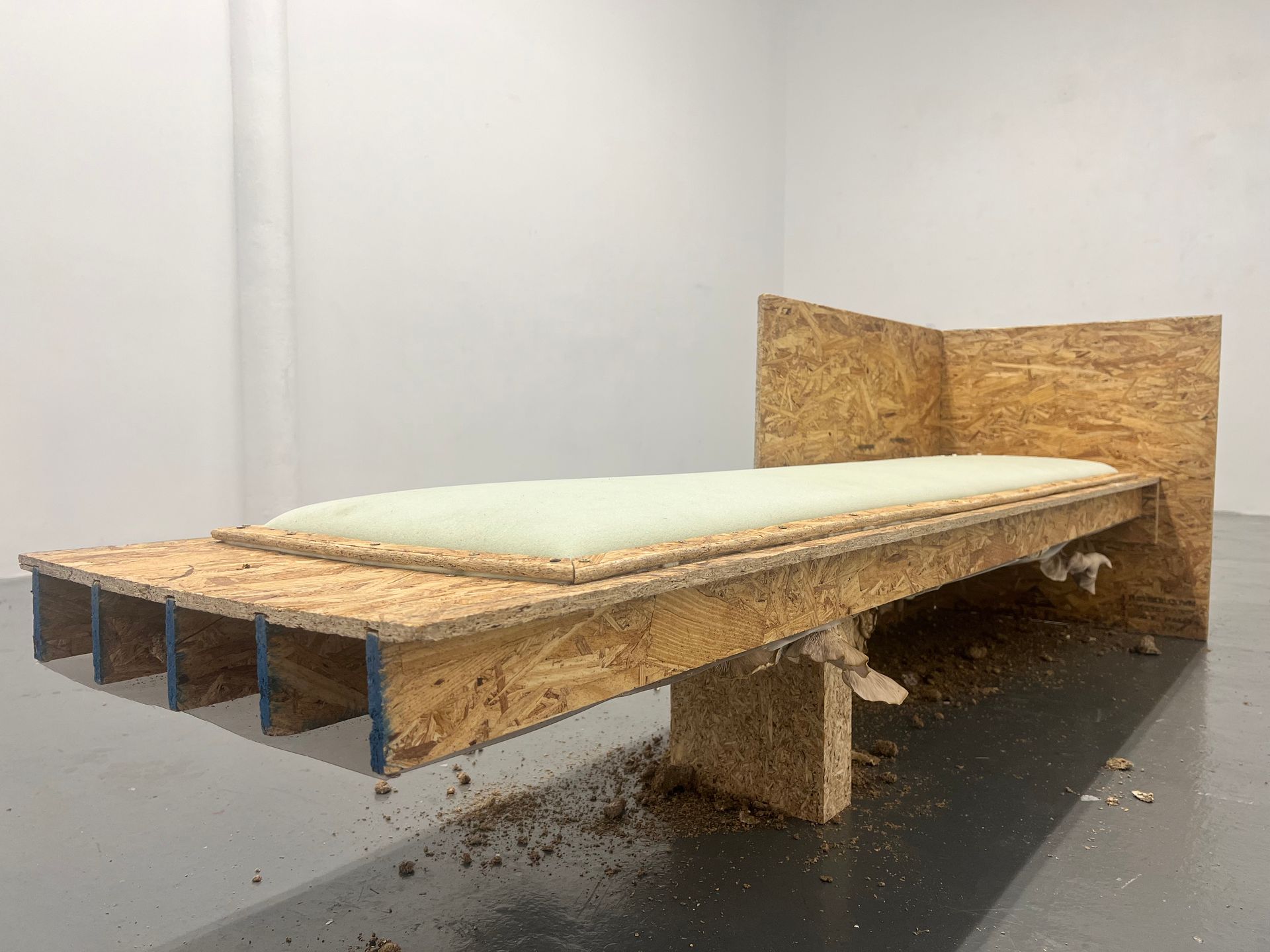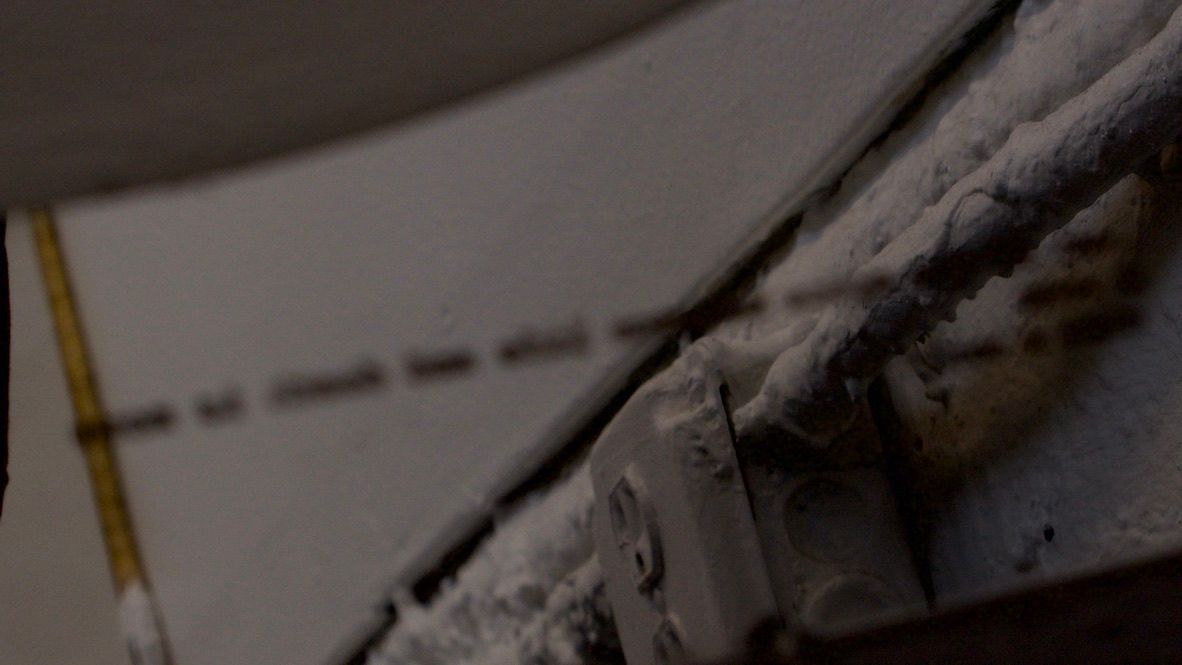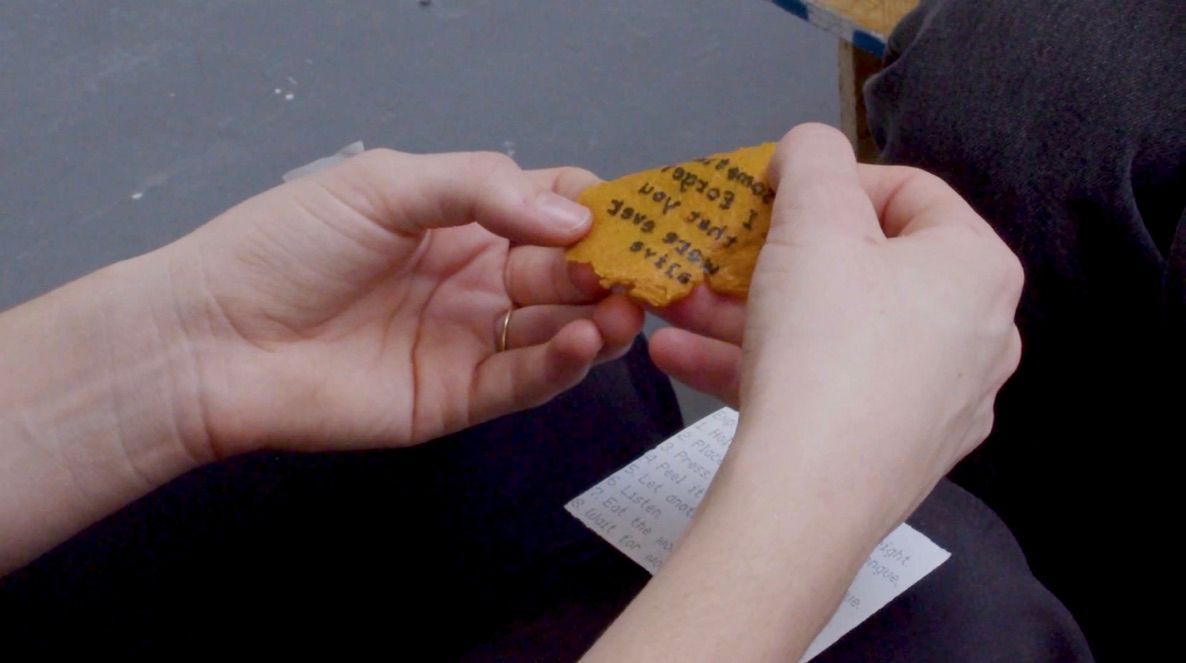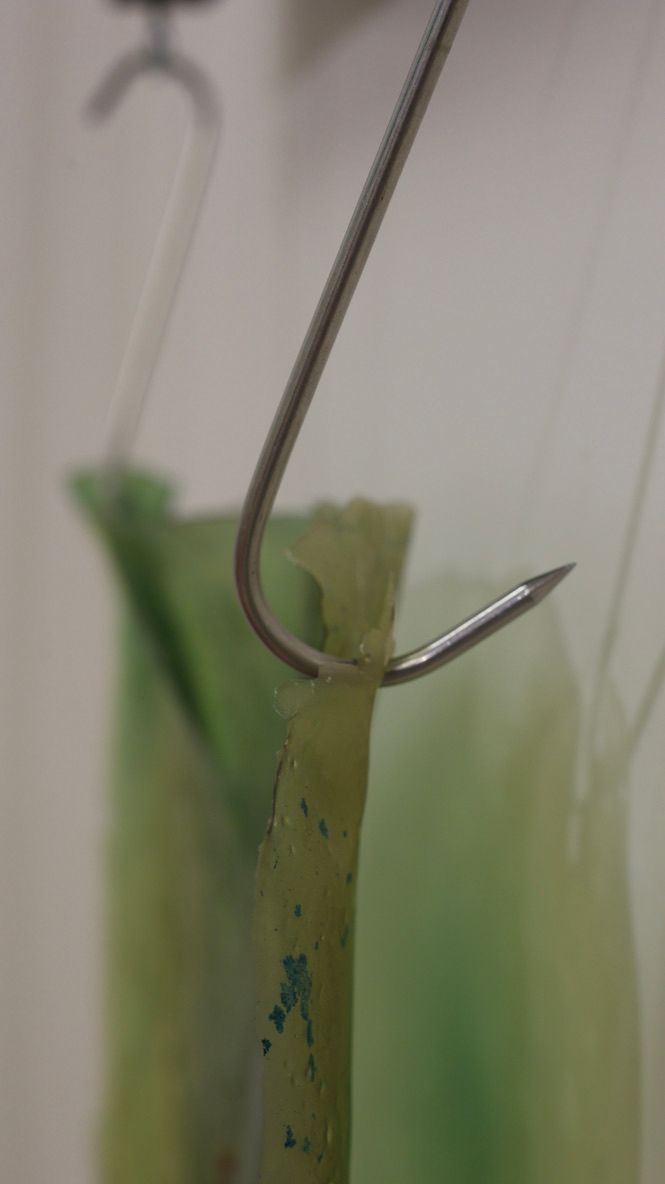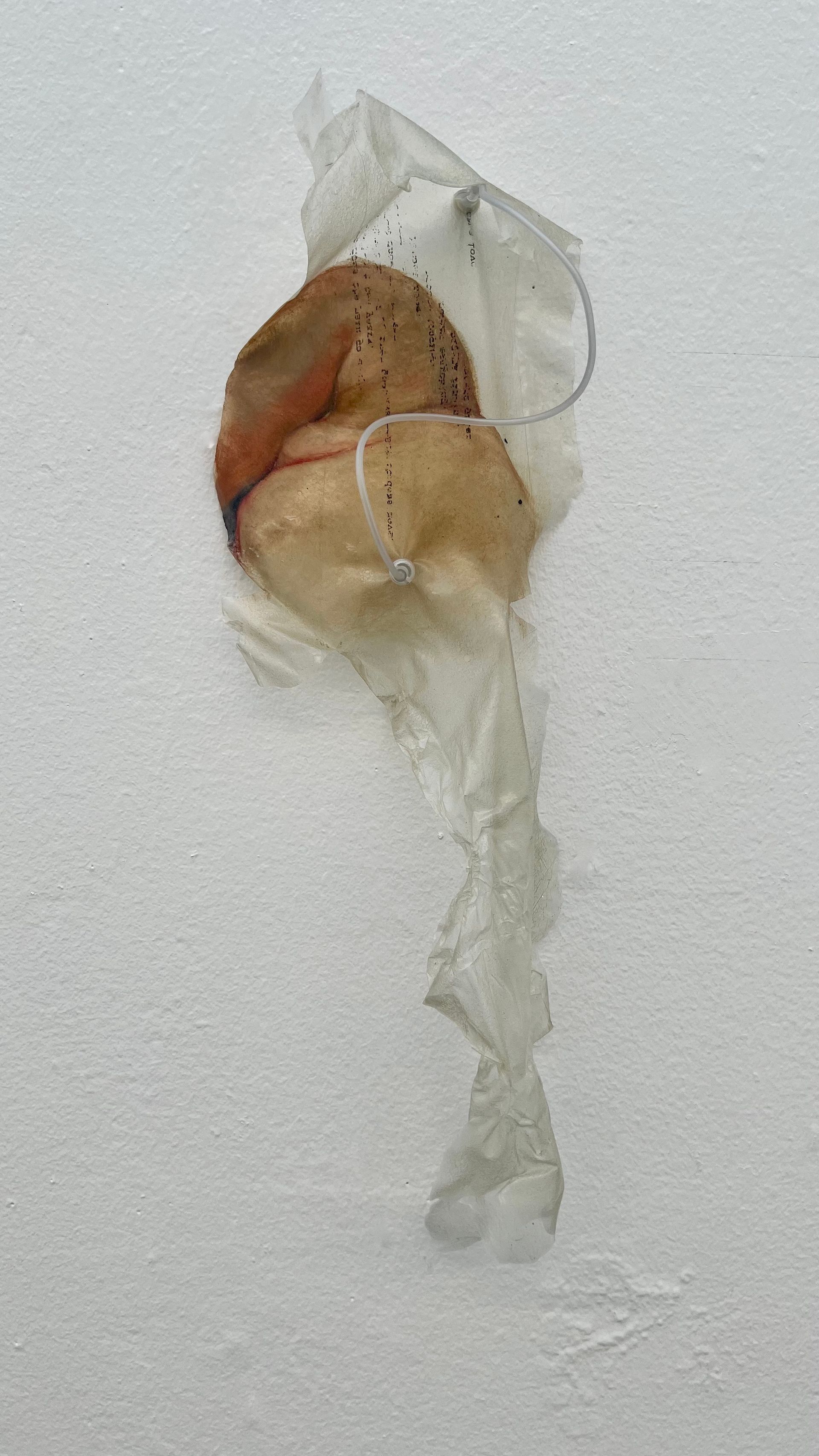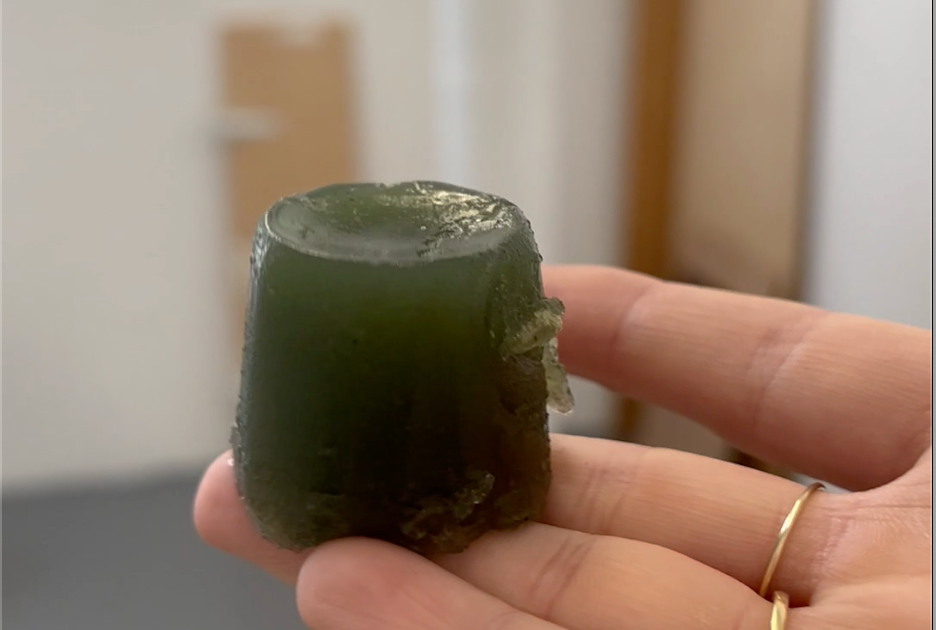Revisiting Intra-Action
Mckenna Goade • April 22, 2025
Ticks as Agents of Vulnerability and Transformation in Human/More-than-Human Relations
Over two separate occasions last month, I found three ticks crawling around my scalp after foraging for some “vibrant matter”. Their smallness made me slow to notice—only little rustles in my hair that caused an itch. And an itch that sent them cascading from the top of my head. Then the panic of realizing something else could’ve been living inside me. I had spent weeks thinking about porous boundaries, longing to blur the line between myself and the more-than-human world. But this wasn’t metaphor. This could’ve been puncture. Skin breached. Intimacy turned involuntary.
The ticks were a visceral reminder that maybe touch isn’t innocent. In On Touching—The Inhuman That Therefore I Am, Karan Barad dismantles the idea of discrete entities bumping into each other. Instead, touch is a condition of mutual becoming: we are changed by every contact. And the ticks made me think of touch as more sinister. They collapsed the safe conceptual space of “intra-action” into a more bodily reckoning with shared vulnerability. I did not want to be touched like that. I did not want to become-with in that way.
And yet, the experience exposed the limits of my own desire for controlled kinship. I wanted to touch without being touched back by every being. To approach the more-than-human on my own terms. But as Jane Bennett reminds us in Vibrant Matter, matter acts. Agency does not belong to humans alone; agency circulates across networks of beings and things. The ticks were not symbols. They were agents. Hungry ones (ew). Their possible intrusion into my body was not metaphor but metabolism.
This tension—the push and pull between longing and fear, connection and repulsion—undergirds the animacy that runs through materials. As Kyla Wazana Tompkins writes in Deviant Matter, decay is not failure but form. Decay offers a politics of decomposition, of refusing to hold shape for the sake of legibility.
I used to desire a seamless fusion of self and others, but now I hear the noise, friction, and failed attempts. These are not failures but refusals—refusals of smoothness, of resolution. The desire to connect with other beings is not just sentimental—it’s structural, requiring not just attention but risk. To open oneself to the more-than-human is to become vulnerable to intrusion, transformation, and decay. The ticks reminded me of that. Their mouths, still so small, rewrote the boundaries I thought I was ready to blur.
